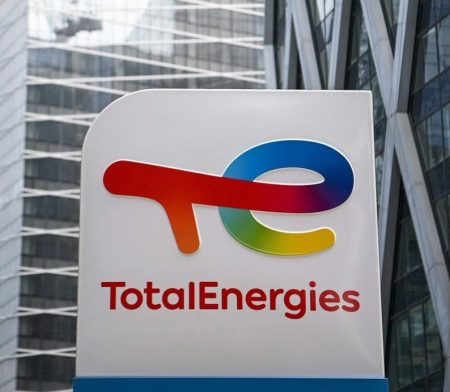 22 January 2014, News Wires – US natural gas futures rose 5% to their highest level since July 2011 on Wednesday as frigid temperatures continued to bolster heating demand in key consuming regions.
22 January 2014, News Wires – US natural gas futures rose 5% to their highest level since July 2011 on Wednesday as frigid temperatures continued to bolster heating demand in key consuming regions.
MDA Weather Services predicted bitter temperatures along the East Coast in their one-to-five-day forecast. In their six-to-10-day outlook, they said the cold would remain in the East Coast and spread to cover the Midwest, Reuters reported.
The spread between the February 2014 futures contract and the March 2014 futures contract spiked to $0.136, the largest spread since January 2011, according to Reuters data.
Natural gas prices have been hugely volatile in recent weeks as some of the coldest weather in a decade is interspersed with milder spells that dampen heating demand.
Demand for natural gas continues to rise. Thomson Reuters Analytics estimates a 117 billion cubic feet demand Wednesday followed by 123 B cf on Thursday.
“Forecasts for Arctic-like temperatures and elevated heating demands in the coming weeks continues to provide a spark to the market,” said Addison Armstrong, senior director of market research at Tradition Energy. “But near-record production levels of gas and long-term weather forecasts indicating normal to above-normal temperatures in the second half of the winter may provide growing resistance to the market in the coming weeks.”
Front-month February natural gas futures on the New York Mercantile Exchange rose 20.1 cents, or 4.54%, to $4.632 per million British thermal units at 12:04 pm in New York (17:04 GMT).
Earlier, prices reached $4.648 per MMBtu, the highest seen since 18 July 2011.
In the ICE cash market, gas on New York citygate Transco pipeline eased off Tuesday’s record, but remained high. Average prices were down $39 to $81.98 per MMBtu, ranging between $67 and $120 for the day.
The record price spikes were regional and not seen across the nation. Gas for Thursday delivery at Henry Hub, the benchmark supply point in Louisiana, rose 33 cents to $4.91. Late trade differentials were at a 37-cent premium over Nymex, strengthening from a 15-cent premium on Tuesday.
Withdrawals of US natural gas storage are expected to be high during the cold snap. Thursday’s report from the US Energy Information Administration, however, which will report drawdowns during the milder week ending 17 January, are expected to show average drawdowns. Analysts polled by Reuters expect the release to be between 96 Bcf and 150 Bcf.
– Upstream



